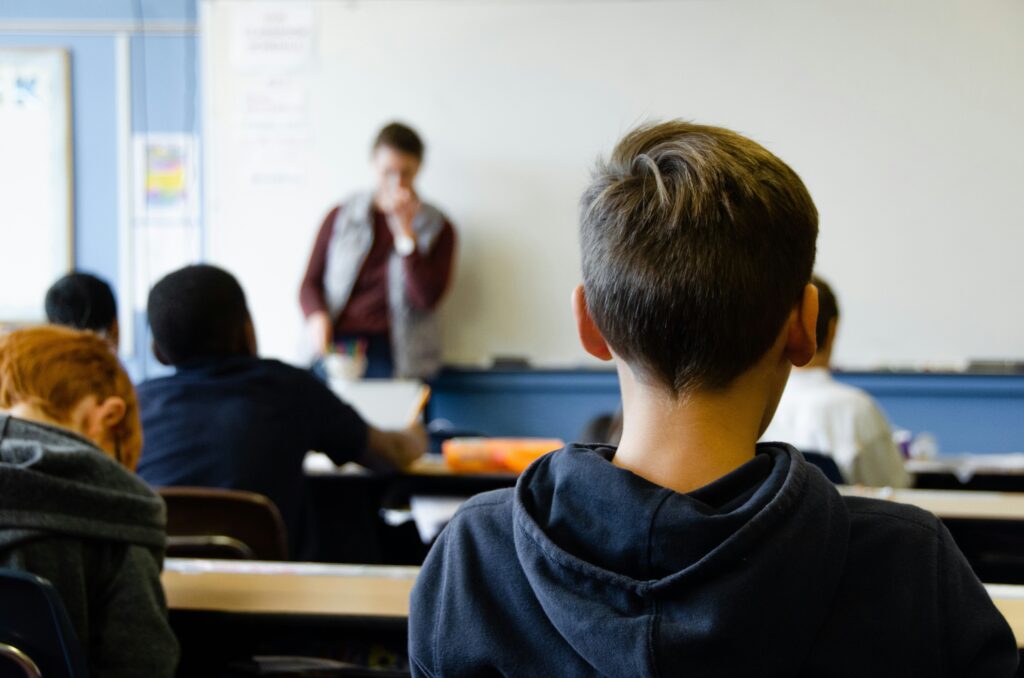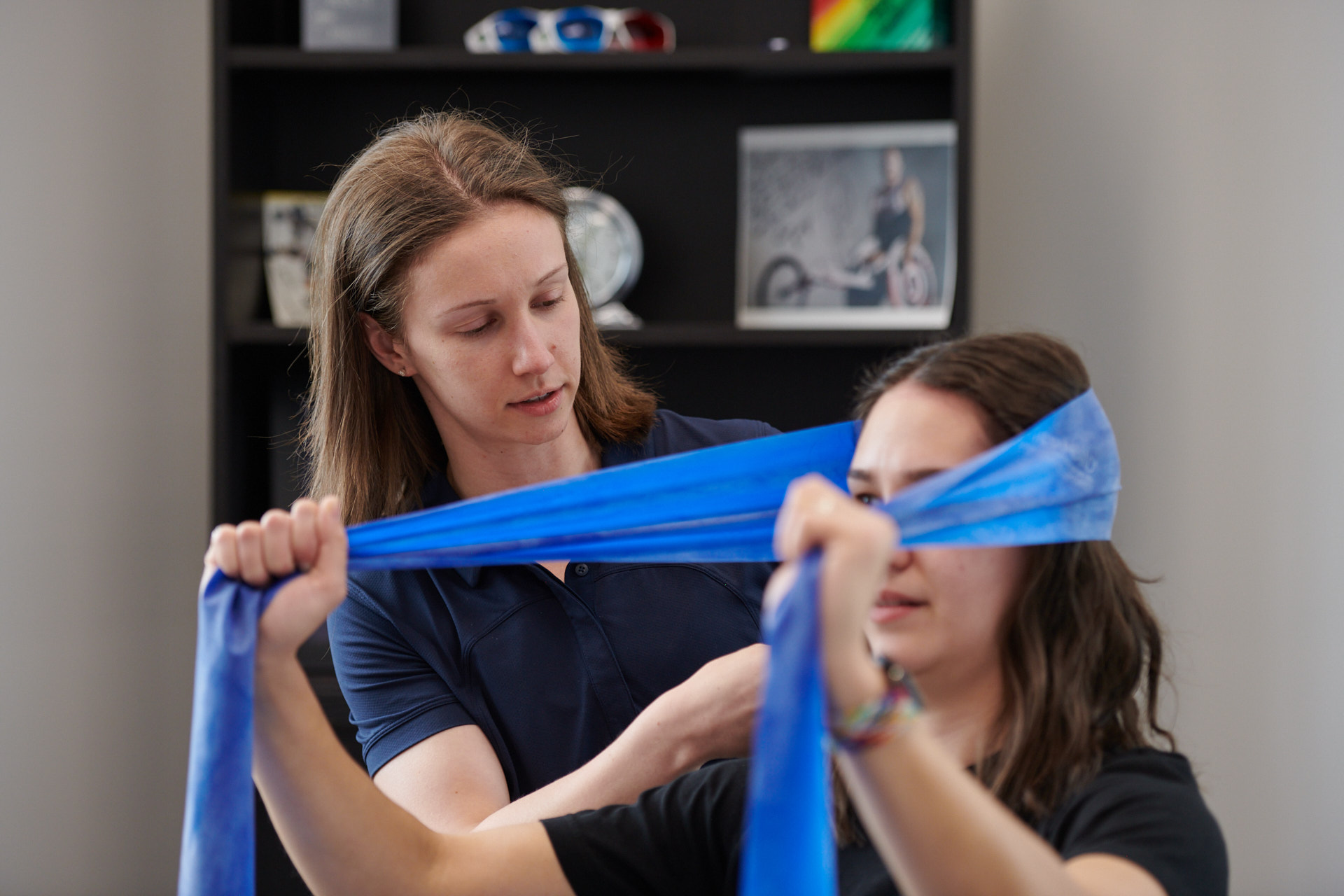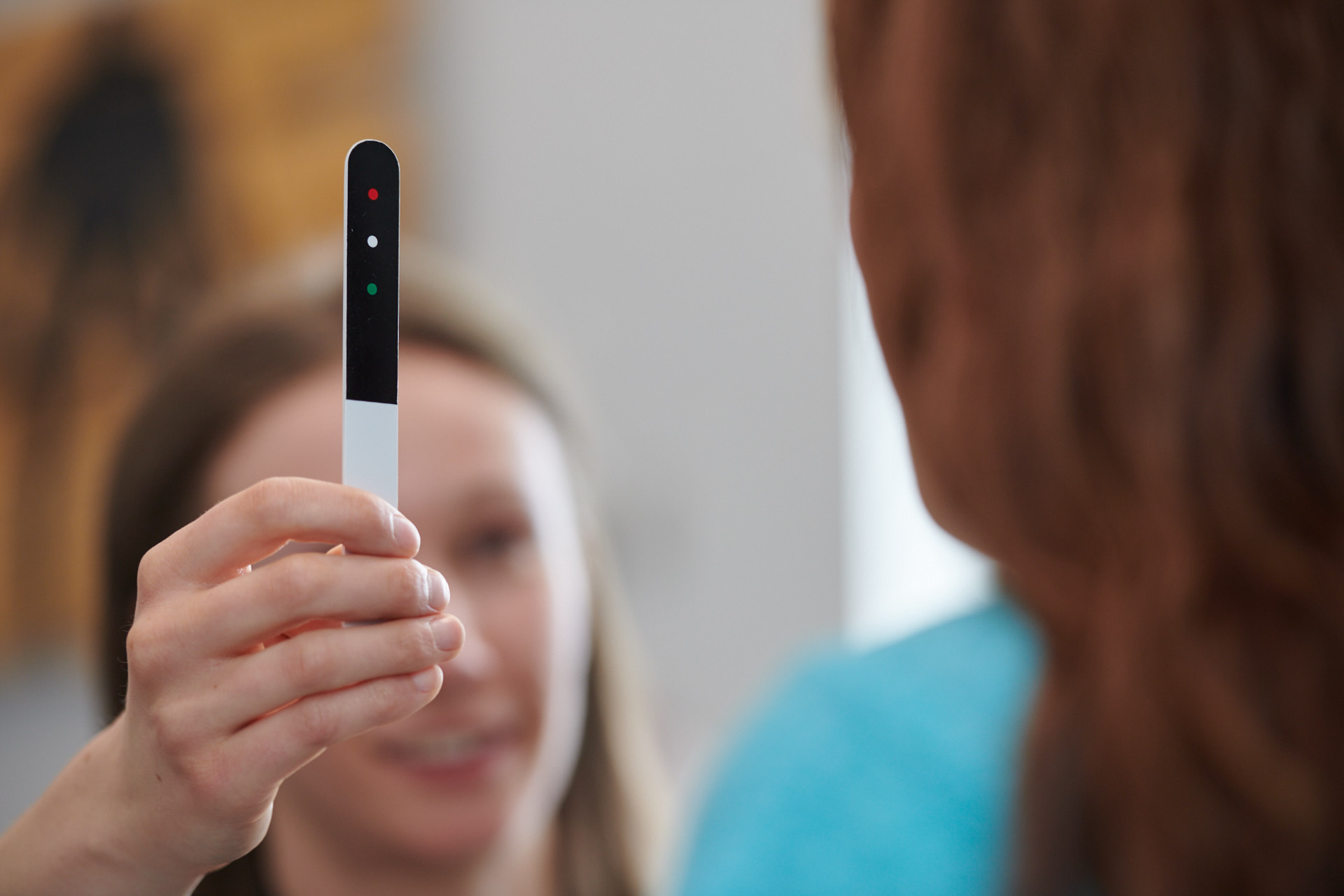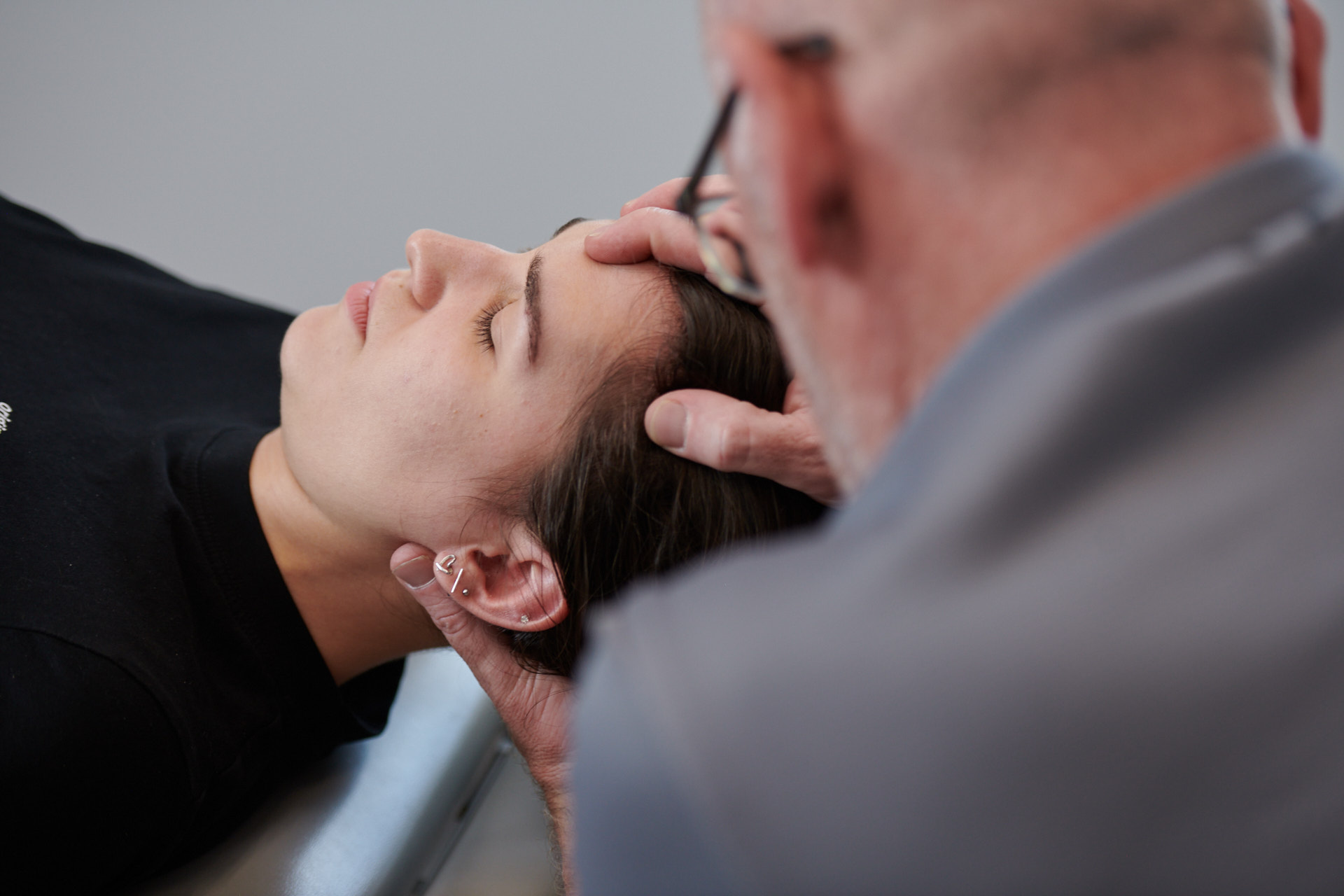Returning to School after a Concussion
Concussions are a common injury among youth and adolescents, especially those involved in sports or recreational activities. While much attention is often placed on the physical recovery and return to sports, the return to school is equally important. Traditionally, strict rest, including staying out of school for prolonged periods, was recommended after a concussion. However, recent evidence suggests that an early return to school, with appropriate accommodations, can actually support recovery more effectively.
This article will explore the importance of returning to school after a concussion, discuss the accommodations that can help facilitate a smoother transition, and provide guidance on how to progressively increase participation in school activities as symptoms allow.
The Importance of Early Return to School
In the past, the “cocoon therapy” approach—where individuals were advised to avoid all activities, including school, until completely symptom-free—was the standard recommendation for concussion recovery. However, research has shown that prolonged rest can actually delay recovery and lead to increased anxiety, social isolation, and academic difficulties.
An early return to school, with adjustments to accommodate ongoing symptoms if needed, can help maintain a sense of normalcy, provide cognitive stimulation, prevent social isolation and other negative effects of extended absence. Additionally, being in a supportive school environment allows for gradual re-engagement with academic tasks, which is beneficial for recovery.
It’s important to note however that every concussion is different. While some students are able to return to school without issue, others may require extra help and support along the way. There is no “one size fits all” solution, so parents, teachers, and healthcare providers must be sensitive to the individual needs of each student.
The Return to Learn Process
The recent consensus statement on concussion in sport provided a general framework for the return to learn process (1). Students should speak with their healthcare provider about a return to school strategy that works best for their particular symptoms and functional difficulties. Similar to the return to sport guidelines, returning to school should be approached in a stepwise process:
Step 1 (initial 24-48 hours): this stage involves a period of relative rest away from school. The student may tolerate some light household tasks, auditory activities such as listening to music or podcasts, and light physical activities like going for a walk. As symptoms allow, the student can begin brief intervals of reading or screen use (5-15 mins). Follow the 2-point rule: activities should not increase symptoms by more than 2 points on a 10-point scale, and any symptom increase should dissipate within 1 hour of stopping the activity.
Step 2: Return to school activities from home (eg. homework, assignments, reading). Breakup tasks into smaller parts as needed, and spread tasks out throughout the day. The goal is to gradually increase visual and cognitive demand in preparation for school attendance. Again, school activities should not cause more than a mild and brief increase in symptoms.
Step 3: Return to school with extra support. At this stage, it is important that the student consult with their healthcare provider about specific accommodations that might be helpful to communicate to the school ahead of the student’s return. Students do not need to be 100% symptom free to return to the classroom. Returning part-time is a good first step, and requesting additional accommodations to minimize both cognitive and environmental symptom triggers can be important (read on below to learn more about common academic accommodations for concussion)
Step 4: Return to full school participation. The time it takes to progress from step 2 through to step 4 is student-dependent. For some, it may be just 2-3 days, and for others it may be a week or longer.
Common Symptoms and Challenges in the Classroom
Concussions can cause a wide range of symptoms, including headaches, dizziness, difficulty concentrating, screen intolerance, memory problems, fatigue, and sensitivity to light and noise. These symptoms can make it challenging for students to participate fully in school, and they may need specific accommodations to help manage their symptoms while continuing their education.
The key to a successful return to school is creating a flexible and supportive environment that recognizes the individual needs of the student. Here are some common accommodations that can help:
Accommodations for a Successful Return to School
1. Limiting Attendance early on:
Why It Helps: Highly symptomatic students may find it overwhelming to return to full school days immediately after a concussion. Starting with half days or attending only specific classes that are less demanding or provoking to symptoms can help ease the transition.
How It Works: Students are able to begin with some academic exposure, while preventing too much symptom exacerbation all at once. The volume of classes or hours of attendance can be gradually increased as the student tolerates.
2. Limiting Homework, Testing, and Quizzes at the Start:
Why It Helps: Cognitive tasks like reading, writing, and problem-solving can be particularly challenging after a concussion. Reducing the workload and allowing for extra time on assignments can prevent cognitive overload.
How It Works: Teachers can reduce the number of assignments, allow for extended deadlines, or offer alternative assessments, such as oral presentations instead of written tests.
3. Limiting Note-Taking:
Why It Helps: Visual processing difficulties are common after a concussion, and taking notes during class can be a significant challenge. Providing notes before or after class can help the student focus on listening and understanding the material without the added pressure of note-taking.
How It Works: Teachers can share class notes with the student, or a peer can act as a scribe. This accommodation is particularly useful for students who experience visual or cognitive symptoms that make note-taking difficult.
4. Exiting Class Early:
Why It Helps: Crowded and noisy hallways can be overwhelming for students with motion sensitivity or noise sensitivity, which are common after a concussion.
How It Works: Allowing the student to leave class a few minutes early can help them avoid busy hallways and move through the school more comfortably.
5. Preferential Seating:
Why It Helps: Sitting closer to the front of the room can minimize distractions and reduce the need for visual tracking, which can be difficult for students with ocular or vestibular issues.
How It Works: Teachers can assign the student a seat at the front of the classroom, away from windows, doors, or other potential distractions.
6. Breaking Up Assignments:
Why It Helps: Large assignments can feel overwhelming and may exacerbate symptoms like headaches or fatigue. Breaking them into smaller, manageable parts allows the student to complete tasks at a pace that suits their recovery.
How It Works: Teachers can divide assignments into smaller sections with separate deadlines, allowing the student to focus on one part at a time.
7. Avoiding Highly Stimulating Environments:
Why It Helps: Bright lights, loud noises, and chaotic environments can worsen concussion symptoms. Avoiding or limiting exposure to these environments can help reduce symptom flare-ups.
How It Works: Students may need to skip school assemblies, eat lunch in a quieter location instead of the busy cafeteria, or arrange alternative transportation to avoid crowded buses.
Monitoring and Adjusting Accommodations
It’s important to remember that concussion recovery is not a one-size-fits-all process. Each student will have unique needs, and their symptoms may fluctuate day by day. Therefore, accommodations should be flexible and regularly reviewed.
A moderate increase in symptoms (1 or 2 points above baseline) is acceptable and can be managed with rest or adjustments to activities. However, severe symptom increases should be avoided, and the student may need to take a step back in their activities if this occurs.
Regular communication between the student, parents, teachers, and healthcare providers is essential to ensure that the accommodations remain appropriate and that the student is progressing in their recovery.
Gradual Increase in Participation
As the student’s symptoms improve, they can gradually increase their participation in school activities. This might involve increasing their time at school, resuming homework, or participating in more challenging academic tasks.
The key is to take a step-by-step approach, allowing the student to progress at their own pace. This gradual increase in participation mirrors the graduated return-to-sport protocol used for athletes, where physical and sport-specific activities are slowly reintroduced as symptoms allow.
Conclusion: Supporting Students in Their Return to School
Returning to school after a concussion is a critical part of the recovery process for youth and adolescents. While it can be challenging to balance the demands of school with the need for recovery, early return with appropriate accommodations can provide significant benefits.
By creating a supportive and flexible environment, schools can help students manage their symptoms while continuing their education. The goal is to ensure that students can participate in school to the fullest extent possible, without exacerbating their symptoms, and to gradually increase their involvement as they recover.
Remember, every concussion is different, and recovery times can vary. Patience, communication, and a focus on individual needs are key to helping students return to school successfully after a concussion.
References:
1. Patricios JS, Schneider KJ, Dvorak J, et al. Consensus statement on concussion in sport: the 6th International Conference on Concussion in Sport-Amsterdam, October 2022. Br J Sports Med. 2023 Jun;57(11):695-711.






